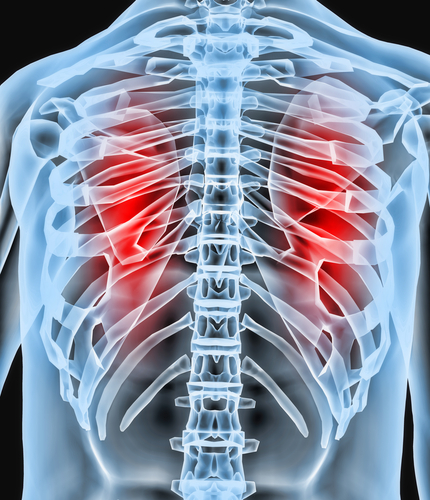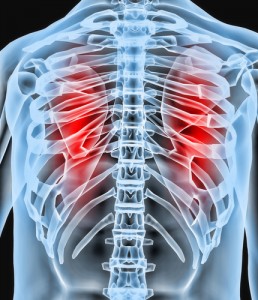Lung Damage in Idiopathic Pulmonary Fibrosis May Be Repaired By Induced Pluripotent Stem Cells

 New stem cell research is offering insights into how scientists may someday be able to mitigate lung injury caused by diseases such as IPF. A recent study entitled “The secretome of induced pluripotent stem cells reduces lung fibrosis in part by hepatocyte growth factor” and published in Stem Cell Research & Therapy journal that secreted components of induced pluripotent stem cells are capable of regenerating and repairing the alveolar epithelium and reduced lung injury, in vitro and in vivo, respectively.
New stem cell research is offering insights into how scientists may someday be able to mitigate lung injury caused by diseases such as IPF. A recent study entitled “The secretome of induced pluripotent stem cells reduces lung fibrosis in part by hepatocyte growth factor” and published in Stem Cell Research & Therapy journal that secreted components of induced pluripotent stem cells are capable of regenerating and repairing the alveolar epithelium and reduced lung injury, in vitro and in vivo, respectively.
Idiopathic pulmonary fibrosis (IPF) is a chronic lung disease characterized by a progressive decline in lung function, with affected patients suffering from shortness of breath that ultimately escalates into a life-threatening condition. It is characterized by scarring of the lung tissue and currently lacks an FDA-approved cure. In pulmonary fibrosis, the lung tissue suffers repeated micro injuries at the alveolar epithelium level, which results in a disruption of abnormal regeneration and repair processes.
In this study, the authors hypothesized that components of induced pluripotent stem cells (iPSC) secreted to the culture media, known as conditioned media (iPSC-cm) would repair the affected lungs. Using iPSC cells in the clinic is a complex process, therefore the use of factors released by these cells can overcome this issue, since it was shown that their release usually triggers similar biological responses in vitro or in vivo. To test their hypotheses, the authors collected IPSC-cm from iPSC cells in culture but previously derived from human foreskin fibroblasts.
[adrotate group=”3″]
They observed that when added to an alveolar wound healing assay in vitro, iPSC-cm were capable of inducing its repair when compared with the control medium. In an in vivo rat model with previously induced bleomycin-injured lungs, iPSC-cm administration reduced both the collagen content and lungs’ fibrosis. The authors analyzed the effects of iPSC-cm administration at the molecular level and found that it induced antifibrotic markers, such as hepatocyte growth factor (HGF) while reducing profibrotic factors, such as TGF beta1 and α-smooth muscle actin (α-sma) expression.
Thus, the authors suggest that iPSC-cm may be a potential therapeutic against lung injury and fibrosis — a prospect that deserves further development and research.







